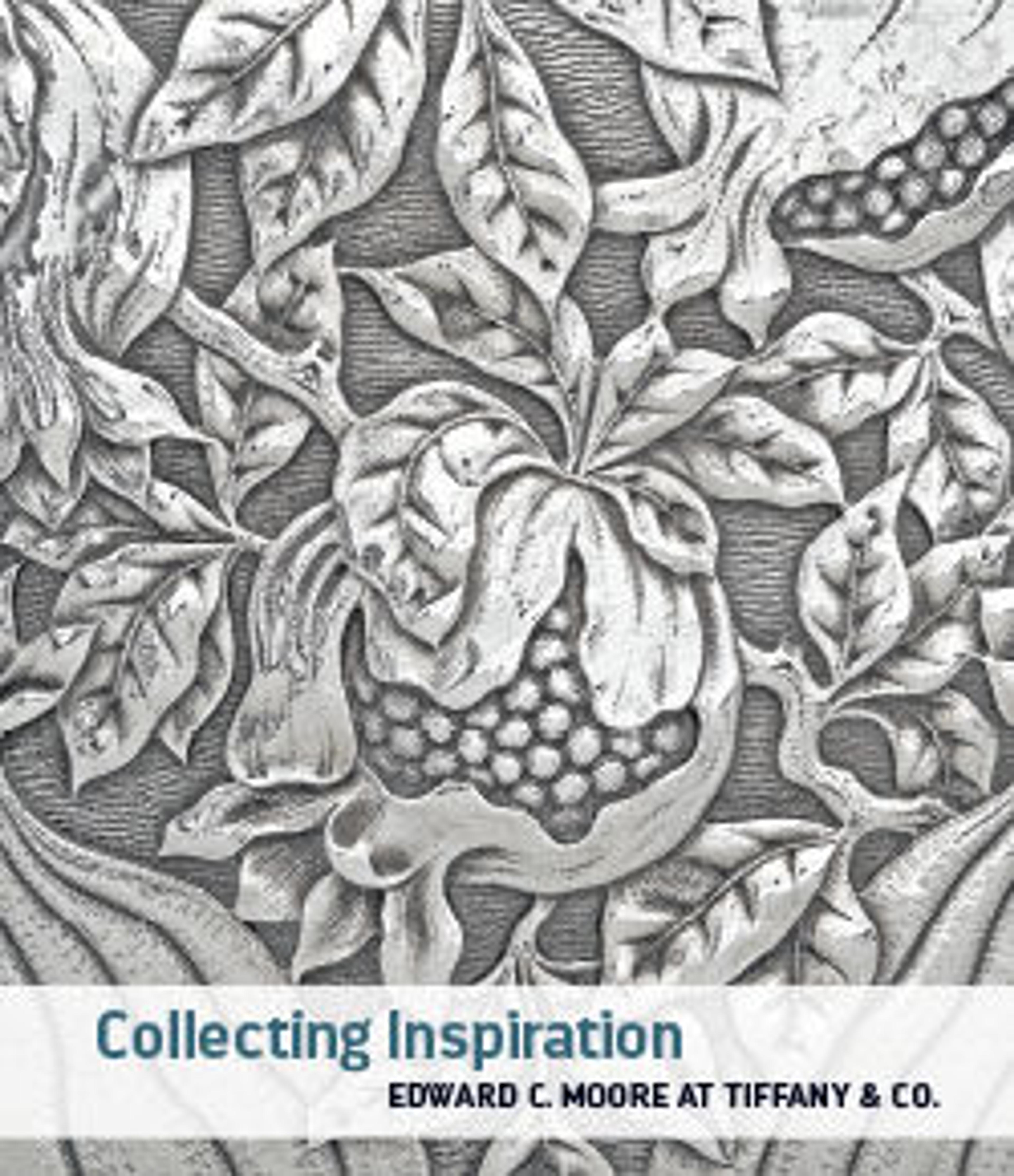Karamono-Style Flower Basket (Hanakago)
Shōkosai is believed to be the first master basket craftsman to sign his name to his compositions. This would also have verified that his Chinese-inspired (karamono) works were made by a Japanese individual. He concentrated mainly on tea utensils, reflecting the needs of participants in the period’s thriving sencha tea culture. Of the varied bamboo works Moore collected, most were made in the Osaka-Kyoto region around 1870–90, in the Chinese style, and relate to the sencha tea tradition or ikebana flower arranging.
Artwork Details
- 初代早川尚古斎造 唐物花籃
- Title:Karamono-Style Flower Basket (Hanakago)
- Artist:Hayakawa Shōkosai I (Japanese, 1815–1897)
- Period:Meiji period (1868–1912)
- Date:ca. 1870s–80s
- Culture:Japan
- Medium:Timber bamboo and rattan
- Dimensions:H. 19 3/4 in. (50.2 cm); Diam. 16 in. (40.6 cm)
- Classification:Basketry
- Credit Line:Edward C. Moore Collection, Bequest of Edward C. Moore, 1891
- Object Number:91.1.2068
- Curatorial Department: Asian Art
More Artwork
Research Resources
The Met provides unparalleled resources for research and welcomes an international community of students and scholars. The Met's Open Access API is where creators and researchers can connect to the The Met collection. Open Access data and public domain images are available for unrestricted commercial and noncommercial use without permission or fee.
To request images under copyright and other restrictions, please use this Image Request form.
Feedback
We continue to research and examine historical and cultural context for objects in The Met collection. If you have comments or questions about this object record, please contact us using the form below. The Museum looks forward to receiving your comments.
